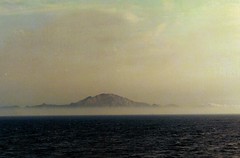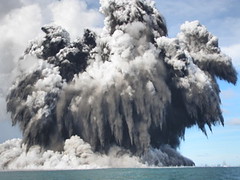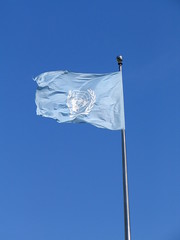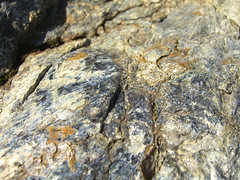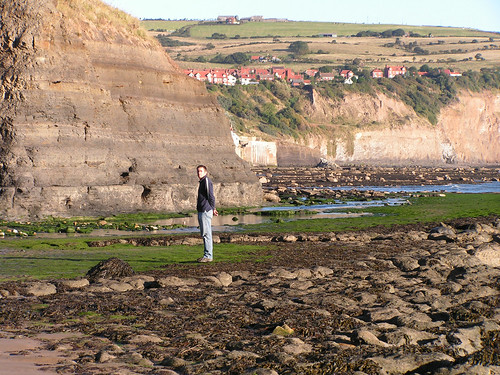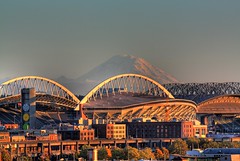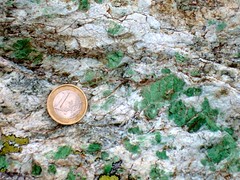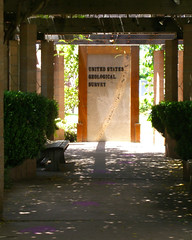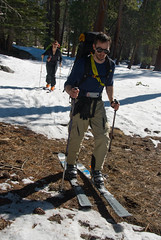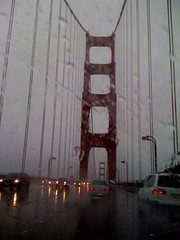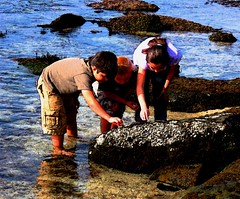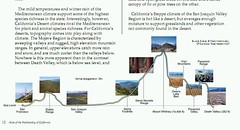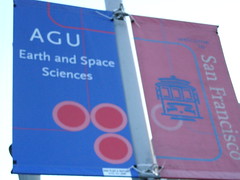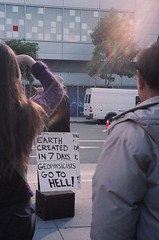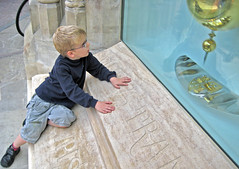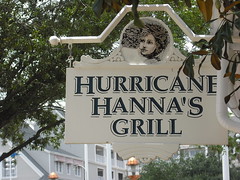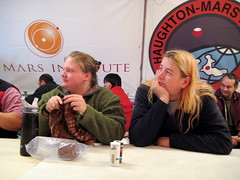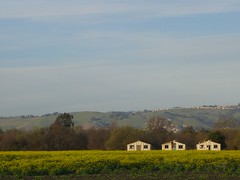Lynn Kendall
says, about
Ansel Adams' photos of Yosemite, and Yosemite itself:
Powerful as [the photos] are, they can't evoke the sublimity of the place. I'm damned sure that I can't, either. That's why I've taken more than a month to even begin to fumble my way toward a post about Yosemite.
I grew up in California, and always thought that Yosemite was an overpriced, overblown, overrated, crowded, hard-to-reach tourist attraction, not much else. I couldn't imagine what drew everyone there. I was sure
Galen Rowell and Ansel Adams had photographed all there was to see, with skill that made it seem more than it was.
One morning in about 1993, my partner at the time and I woke up early for no real reason, a bit before dawn. There we lay, wide awake, and one of us -- I don't remember which -- said, "Hey, let's go to Yosemite!" So we jumped in the car and drove for a handful of hours, first on straight freeway, then on the winding "north entrance" highway up through Groveland, and we were there. It was February, and a warm day for the month. The air at Yosemite was perhaps in the 50s, with snow on the ground, but clear dry roads. The sky was bright blue. We got there at 8 am, and were among very few people in the park.
As you come in from the north, the
initial view is almost startling. "Oh. This is what they mean." I was entranced. It was as if I was in a display, a dictionary definition of natural beauty. This is all
real, these immense mile-high rocks, this exposed granite batholith. And that was the macro-park. I was also captivated by the tiny, the deep chocolate color and fuzzy caps of the goldcup oak trees, and the black oak leaf that lay on top of the snow and was warmed by the sun, sinking as the snow under it was melted, and sitting (when I found it) in the bottom of a six-inch-deep hole shaped exactly like a black oak leaf. But then the rocks, so big! They are there always. In the spring, some of the highest waterfalls in the world plunge down their faces. (At the top are emphatic warnings:
If you go in the creek there, You Will Die.)

That day -- a pleasant weekday in February, few people, perfect weather -- was the best possible day for a visit to Yosemite. I've been there a handful of times since, sometimes with more people, sometimes fewer. I'm never let down. It is always amazing. It always makes me marvel at geology and geography, and the power of water (which, as ice, carved Yosemite into its present shape). It always makes me grateful for John Muir and his attempts to preserve it. I am always glad to live near enough to visit with relative ease.
You should go read
Lynn's post about Yosemite, though. She says a lot more, and offers a lot more photos. :D
There are more great photos out there, including from
Joe Decker,
Buck Forester,
David Morgan-Mar,
pete@eastbaywilds,
Denise Cicuto, and
Sister Coyote. And I have a few more of
my own.
